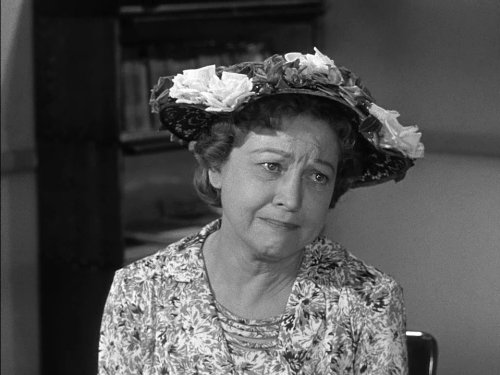
Andy Faces Pride from Both Sides of the Street
Pride, that two-faced coin of human emotion, is rarely encountered in isolation. It dances into our lives not just as an internal monologue of self-worth or hubris, but as a mirrored reflection in the eyes of others, sometimes affirming, often challenging. For Andy, a young architect with a promising career and a healthy dose of youthful ambition, this duality of pride became a recurring lesson, a street he walked daily, facing its complexities from every direction.
In his early twenties, Andy’s pride manifested primarily as an internal force – a vibrant, sometimes volatile, self-assurance. He was talented, no doubt, and his designs often carried an audacious flair that caught the eye. This was the constructive side of his own pride: the quiet satisfaction of a complex problem solved, the meticulous joy of seeing a concept unfurl on paper, the confidence to stand by his vision even when challenged. Yet, this same internal wellspring also contained a darker current. It surfaced as a bristling defensiveness when his ideas were critiqued, a stubborn refusal to admit error, and, on occasion, an almost imperceptible air of superiority that could alienate colleagues. He remembered one early project, a complex urban redevelopment plan, where his pride in his initial design blinded him to a crucial structural flaw pointed out by a more experienced engineer. He’d dismissed the advice, convinced of his own infallible genius, only for the oversight to cause significant delays and cost overruns. That experience was a bitter pill, a direct consequence of his own unbridled, negative pride.
But the street of pride was never a one-way thoroughfare. Andy also faced pride from the other side – the pride of those around him, which could be as nurturing as a warm sun or as sharp as a cold wind. He encountered the towering, often stifling, pride of his senior partner, Mr. Henderson, a man who had built the firm from the ground up and whose every pronouncement carried the weight of his unshakeable legacy. Mr. Henderson’s pride in his traditional methods and established reputation often translated into a dismissive condescension towards Andy’s more modern, experimental approaches. It was a pride that resisted change, that viewed new ideas not as innovation but as an implicit critique of the old. Andy would often leave meetings with a gnawing resentment, feeling the sting of his own ideas being flattened by the immovable wall of Mr. Henderson’s self-assured, almost arrogant, pride. This external pride, wielded like a shield, created an adversarial dynamic, forcing Andy to either retreat or push back with his own burgeoning pride, risking confrontation.
Yet, the street had its sunlit stretches too. Andy learned to distinguish between the pride that isolates and the pride that binds. There was the collective pride of his design team when they successfully landed a challenging new contract – a shared sense of accomplishment that resonated deeply, far removed from individual ego. This was pride as a unifying force, a quiet hum of shared triumph. And then there was the specific, deeply affirming pride of his parents, who, despite their humble beginnings, had always believed in his talent. When his first major building was completed, seeing the sheer, unadulterated joy and pride in their eyes was a balm. It wasn't about their pride in themselves, but their pure, selfless pride in him, a testament to their love and sacrifice. This external pride didn't demand anything; it simply celebrated, nourishing his spirit without inflating his ego.
As Andy matured, his walk along the street of pride became more discerning. He learned to recognize the subtle cues of his own rising arrogance, catching himself before his stubbornness led him astray. He cultivated a humbler pride in his work – a quiet satisfaction in effort and integrity, rather than a desperate need for recognition. He also grew adept at navigating the pride of others. He learned to differentiate Mr. Henderson’s legitimate pride in his firm’s history from his resistance to change, finding ways to present ideas that respected the past while gently nudging towards the future. He discovered that sometimes, disarming another’s negative pride required a dose of his own positive pride – the quiet confidence to stand his ground, tempered with humility and a willingness to collaborate.
Andy’s journey taught him that pride is not a monolith. It is a spectrum, a complex weave of self-perception and external validation. The street of pride, with its bustling traffic of human interaction, continually presented him with its two faces: the destructive, isolating force of arrogance and the constructive, unifying power of dignity and shared achievement. Learning to walk that street, to recognize each side and respond accordingly, was not just a lesson in professional development, but a profound education in what it truly means to be human.
